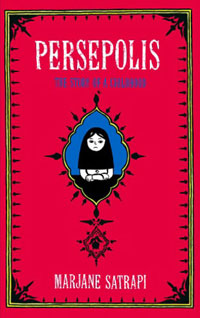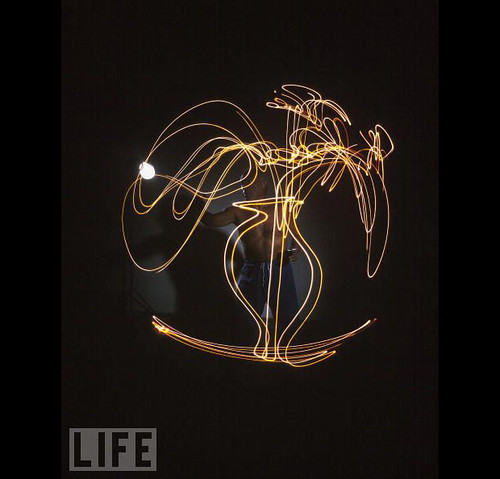
Persepolis: The Story of a Childhood by Marjane Satrapi is not just a comic book meant for children. Though the illustrations are in clean black and white, they are immensely powerful and beautiful in their sheer simplicity. On top of that is Satrapi's humorous yet mortifying autobiography, told through her eyes as a 10 year old.
For those unfamiliar with the Islamic Revolution of 1979 and the Iran-Iraq War, Persepolis will not only be an enjoyable read but also an educative one - it certainly was for me.
There's also a sequel - Persepolis 2: The Story of a Return.


















